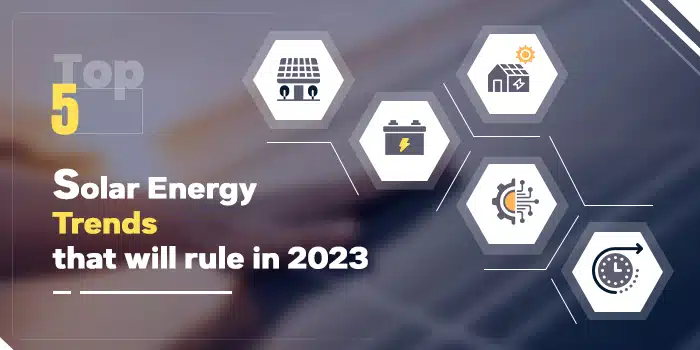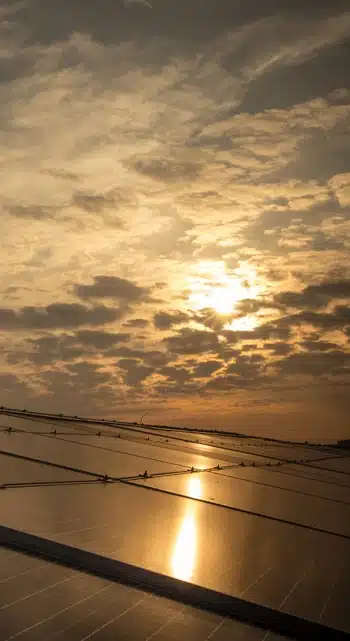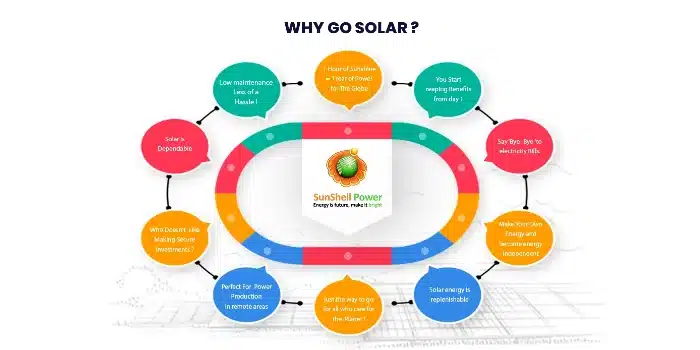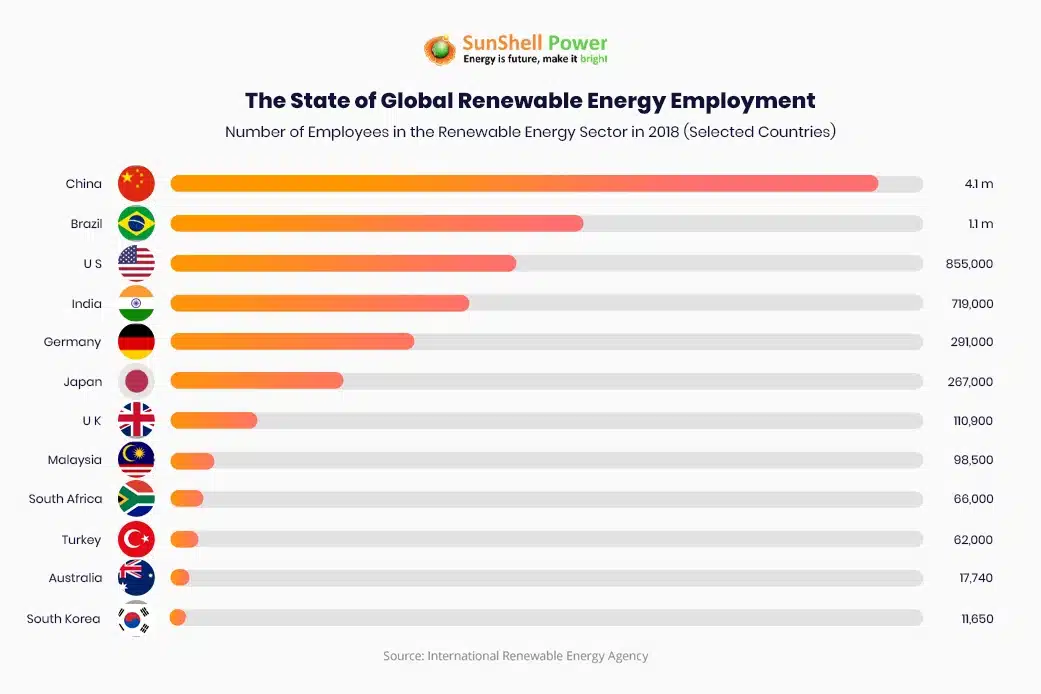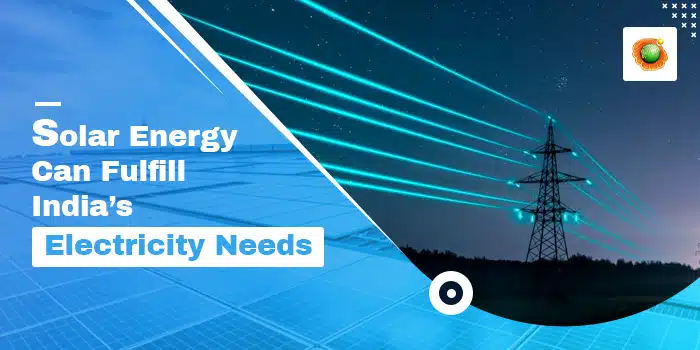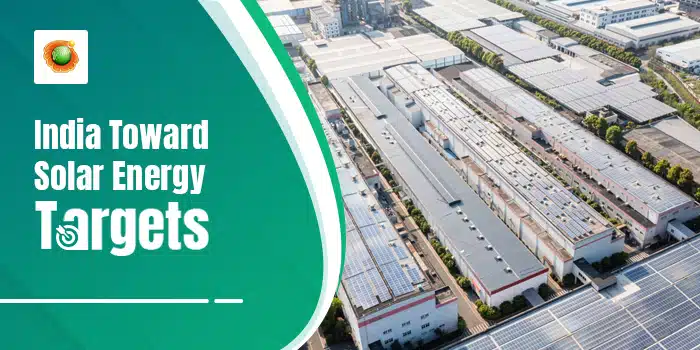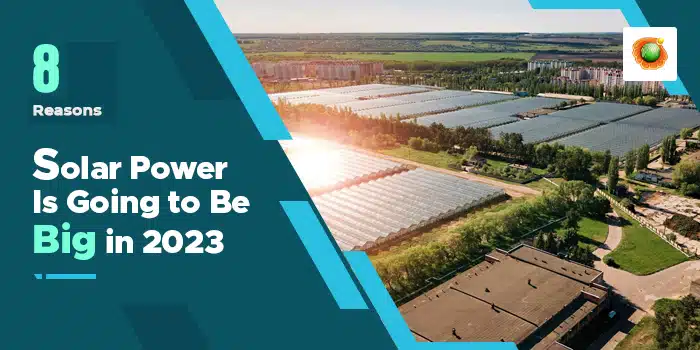Did you know that in 30 years, the IEA foresees solar PV to reach 4.7 terawatts, of which more than half will be deployed in China and India, making solar power the world’s largest source of electricity in the entire world?
India has always been a leading figure in photovoltaic energy, our solar installed capacity reached 37.627 GW as of 31 March 2020.
It’s clear that solar energy is paving its path toward global dominance, but that shouldn’t be the only reason to jump into the bandwagon and switch over to it, right?
Why is solar energy a smart alternative, then?
First and foremost, at our current rate, all fossil fuel reserves are expected to be exhausted by 2060. India relies on coal, a fossil fuel for 70% of its electricity generation. However, studies have shown a significant decrease in the usage of coal and a prominent increase in the usage of solar energy. That shows that there is a potential for us to switch to renewable energy, especially solar. The current prices of photovoltaic electricity are around 18% lower than the average price of electricity generated by coal plants, which means it is economically viable as well.
The following are some important reasons to consider solar energy as a smarter, cleaner alternative:-
Economic viability in industrial and domestic sectors
Industrial Sector
India typically has two different categories of electricity users, industrial and domestic consumers. The industrial sector uses a significant 44.2% of the entire electricity generated in India, it’s in fact one of the most important sectors to watch out for with respect to electricity demand.
That doesn’t change the fact that grid tariffs can go as high as INR 9/ unit during normal hours and even higher during peak hours, making it rather expensive compared to the relatively cheap solar energy.
Industrial consumers have a very strong financial reason to switch to solar energy. They can save around 40-60% on grid power and also reduce their carbon footprint while complying with Renewable Purchase Obligations!
Typically, an in-house solar plant or an off-site solar farm that can further be stored in battery storage systems, which will further reduce the cost of electricity is best for industries. Large industries that require high load requirements will be wise to install captive solar power facilities on their premises.
Solar power companies in India are building solar energy farms to fulfill the needs of industries with respect to solar energy.
This proves that solar energy is capable of replacing coal-produced electricity.
Domestic Sector
On a normal, sunny day a conventional home solar panel produces about 300 watts in one hour which means it will have generated 300 watt-hours (0.3kWh) of electricity and about 240 volts, which equals 1.25 Amps. This can vary according to the weather and various positions of the sun. The system also requires a battery storage system as well.
There are two types of solar plants for domestic use, a grid system, and an off-grid system.
An off-grid system is not connected to any other main grid. This system uses batteries to store solar energy. Solar batteries store energy produced by solar panels for later use. Solar batteries often come with their own inverter and converted energy by themselves.
Solar batteries allow you to store excess solar energy produced by your solar energy system. This stored energy can be drawn and used when your solar power system is not functioning.
A grid-connected system uses only an inverter and excess energy produced by the plant earns revenue, this is called “net metering”. The net metering system adds credits at the end of the customer’s electricity bill when they add extra power to the grid. Solar power systems often produce extra power during the day and that power is sent to the grid. This extra power can be utilized when the solar plants are not making energy, usually during the night or on rainy days. Net metering ensures that the homeowner is only billed for the net energy used each month, i.e the energy produced by the solar power system minus the solar energy consumed by the house over the month.
The standard cost of a typical off-grid system used for domestic use can be between Rs 55k and 1.25 lakh. The normal cost of a similar grid-connected system is generally between Rs 75,000 and Rs 90,000.
An off-grid home solar system is a one-time investment that surely pays off if implemented properly, mostly due to the attractive savings through electricity bills.
A grid-connected home solar system is slightly less expensive and it can also serve as a revenue-generating system. Investing in a solar energy system would mean switching to an eco-friendly, cost-effective and solar energy is a smart alternative.
What the nations of the world are doing to popularise solar energy?
The world is advancing in leaps and bounds towards a solar-powered future. Governments and institutions of several nations of the world are encouraging and supporting research and advancement in the solar energy sector.
Germany, for instance, has about 1,20,000 houses equipped with solar power units and battery storage. They are one of the first countries to reach 1GW of cumulative installed photovoltaics (PV) capacity. Germany’s solar companies have over 40 solar farms producing more than 20MW of power!
Italy currently has 730,000 solar panels installed in the country, this increased rate is due to a government scheme that allows domestic solar energy production by deducting personal income tax by a maximum of 50% with regards to expenses incurred and it has also set an installed capacity target of 50 Gigawatt (GW).
In November 2014 SolaRoad, the world’s first experimental solar cycle path was opened in the village of Krommenie, Netherlands. The nation’s solar generation capacity is expected to have increased by another 5 GW by the end of next year, from 4.4 GW!
Around 1,397 MW of new capacity was installed during 2018, the second-highest figure in Europe for that year. The Netherlands also has the second-highest share of electric car sales at 15%. The Dutch government plans to make 16% of all energy used in the Netherlands sustainable by 2023.
The goal of 200 MW of photovoltaics by 2020 was reached eight years early in Denmark, this contributes to its goal of 100% renewable energy by 2050. In, 2012, the government of Denmark announced the Energy Agreement, which has goals such as eliminating coal from power production by 2030 and having completely fossil-fuel-free electricity and heating production by 2030.
Sweden estimates that solar power supplies will increase from 400 GWh in 2018 to 1.7 TWh in 2022. Sweden is also the first country to reach the EU’s renewable energy targets. Almost 50 percent of Sweden’s energy production now comes from renewable sources! The Swedish climate bill of February 2017 aims to make Sweden carbon neutral by 2045. The Swedish target is to decline the emission of climate gases 63% from 1990 to 2030. In 2011, the World Energy Council gave Sweden, France, and Switzerland top marks for their energy sustainability, making Sweden one of the leaders of renewable energy utilization.
The United Kingdom originally had a rather slow start in the solar energy department, however, due to various government schemes such as feed-in tariff subsidies and reduction in the cost of solar panels, installed capacity increased to over 13 gigawatt (GW). Renewables produce more than 20% of the UK’s electricity, and EU targets mean that this is likely to increase to 30% by 2020. The UK should be running on 50% renewable energy by 2030 to set it towards the goal of net-zero emissions by 2050.
Costa Rica is committed to reaching the 100% renewables goal. Sounds impossible? Well, In 2019, 99.62% of the country’s electricity came from renewables. The country utilizes its natural water resources and wind energy to its full capacity. The nation’s former military budget now goes towards the healthcare, education, and exploration of renewable resources.
France reached an installed capacity figure of 9,466 MW by the end of 2018 generating 10,196 GWh of power, in terms of solar power, the capacity is set to continue expanding with a target of around 18–20 GW installed by 2023. In 2016, France along with India laid down the foundation of the International Solar Alliance. In 2016 renewable electricity accounted for 19.6% of France’s total domestic power consumption, renewable electricity capacity is targeted to grow between 71 and 78 GW by 2023.
The ‘Solar Ark’ is a solar power station that stands at 37 meters and has a width of 300 meters. 5,000 panels that produce 530,000KWh make it the largest solar power building in the world, this innovative building is an asset of Japan, which is the fastest-growing nation in the solar power sector.
China is the world’s largest producer of solar panels, it is also the global leader when it comes to photovoltaic energy. In 2018, China had 174GW of cumulative installed solar capacity.
What the Indian government is doing to promote solar energy?
The Indian government is leaving no stone unturned to promote solar energy. It announced an allocation of ₹1,000 crores for the National Solar Mission and a clean-energy fund for the 2010-11 year, an increase of ₹380 crores from the previous budget. Import duties have been reduced by 5% to encourage private companies. This will reduce the cost of a rooftop solar panel installation by 15 to 20 percent.
The Indian government had an initial target of 20 GW capacity for 2022, which managed to achieve four years ahead of schedule. In 2015 the target was raised to 100 GW of solar capacity by 2022, targeting an investment of US$100 billion. India has established nearly 42 solar parks to make land available to the promoters of the solar plant by 31 March 2020, India expanded its installed solar power capacity by 233 times from 161 MW to 37,627 MW.
The government has been reducing tariffs, organizing auctions, and extensively promoting investment in solar energy as well! This will ensure that our rural areas will soon have access to cheap electricity and we will have a greener future to look forward to! So, solar energy is a smart alternative if we want a sunny future.
